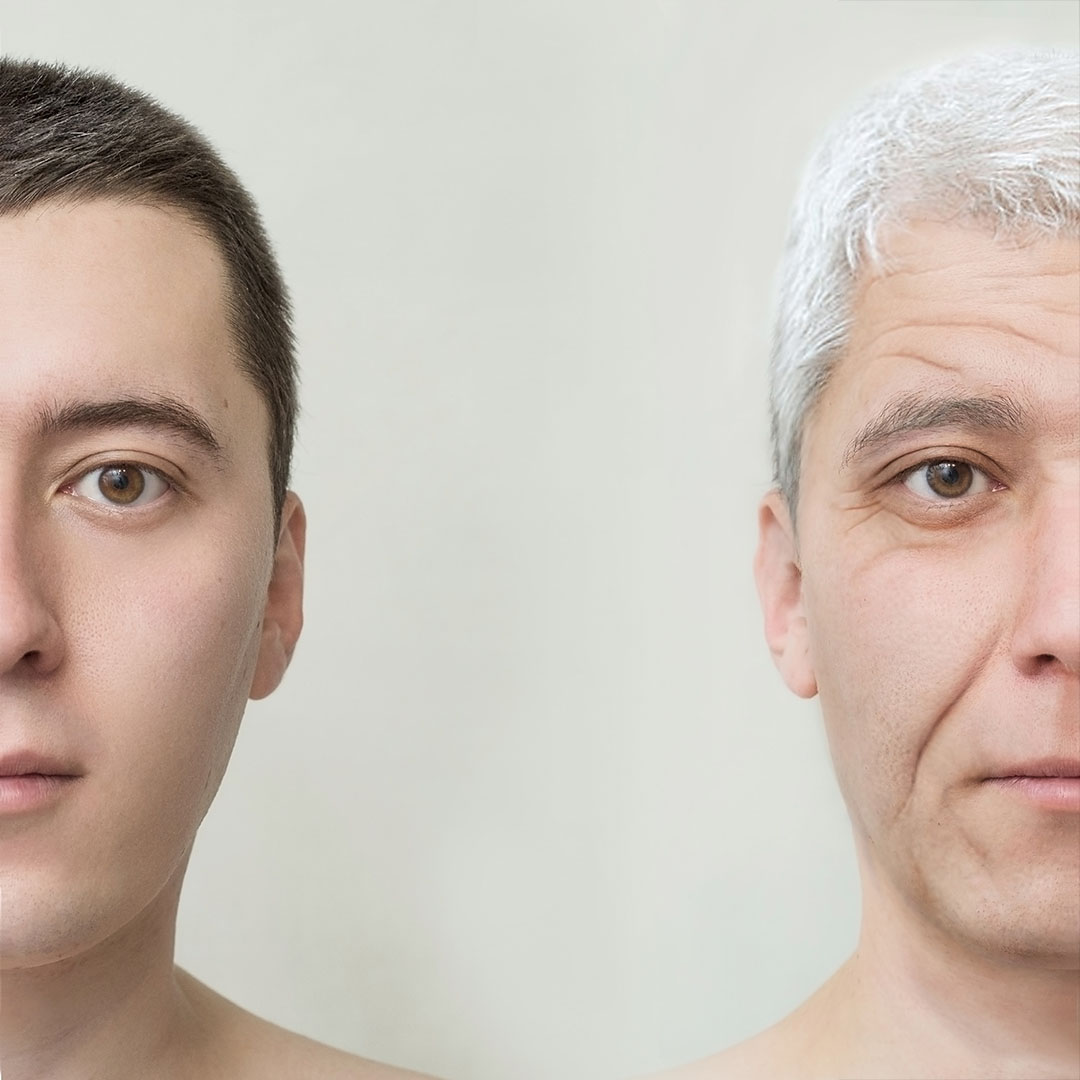Scientists at the California’s Salk Institute have shown that they can reverse the aging process in middle-aged and elderly mice
Salk Institute scientists are developing a reverse-aging technique that works by partially resetting cells to more youthful states, which impact the kidneys and the skin. They have learned that a mixture of four reprogramming molecules, known as “Yamanaka factors” can reset epigenetic marks to the cells’ original patterns.
Both the kidneys and blood of the treated old animals started to resemble the epigenetic patterns seen in younger animals. The scientists tested groups of mice at varying ages equivalent to humans being 35-80, and found after 10 months, the mice resembled younger animals in both appearance and ability.
“In addition to tackling age-related diseases, this approach may provide the biomedical community with a new tool to restore tissue and organismal health by improving cell function and resilience in different disease situations, such as neurodegenerative diseases,” says co-corresponding author Juan Carlos Izpisua Belmonte, professor in Salk’s Gene Expression Laboratory.
Another interesting discovery, when the treated animals were analyzed midway through their treatment, the effects were not yet as evident. This suggests that the treatment is not simply pausing aging, but actively turning it backwards—although more research is needed to differentiate between the two.
The scientists are now using this approach to try and improve the function of other tissues like the heart, brain, and eyesight. In addition, they are planning a future research to analyze how specific molecules and genes are changed by long-term treatment with the Yamanaka factors. They are also developing new ways of delivering the factors.
The study was first published in the journal Nature Aging.

